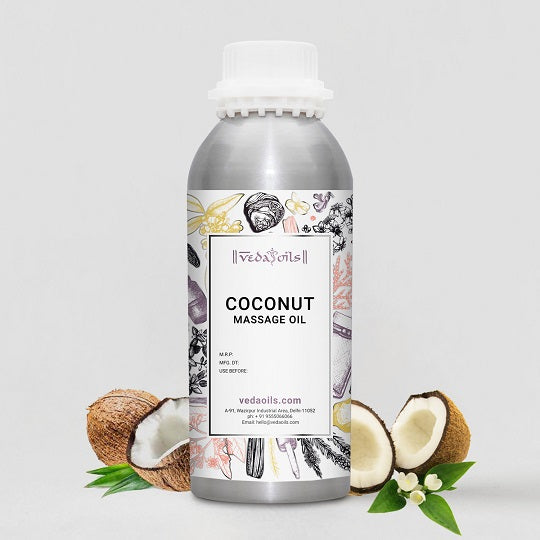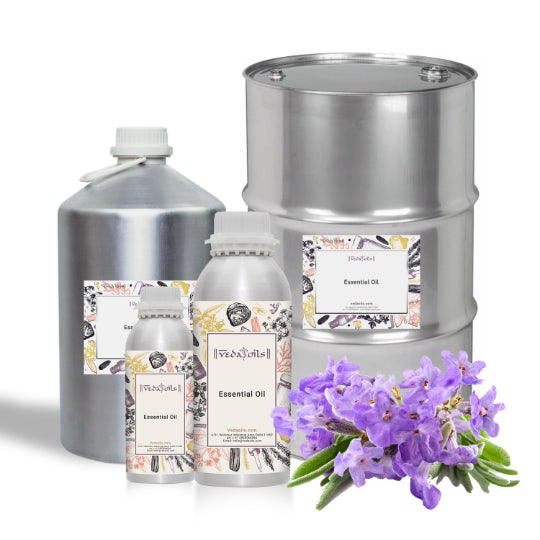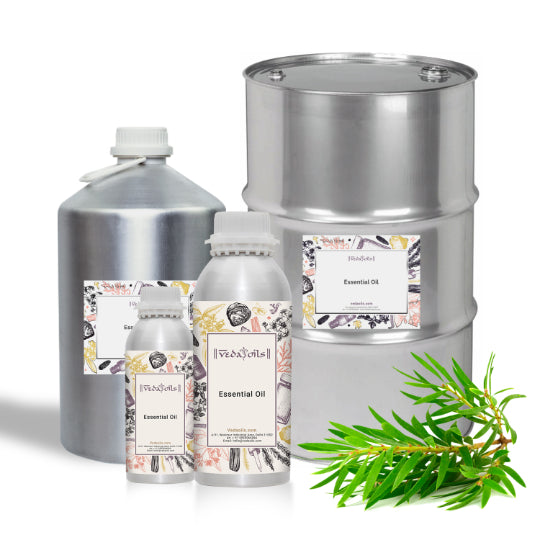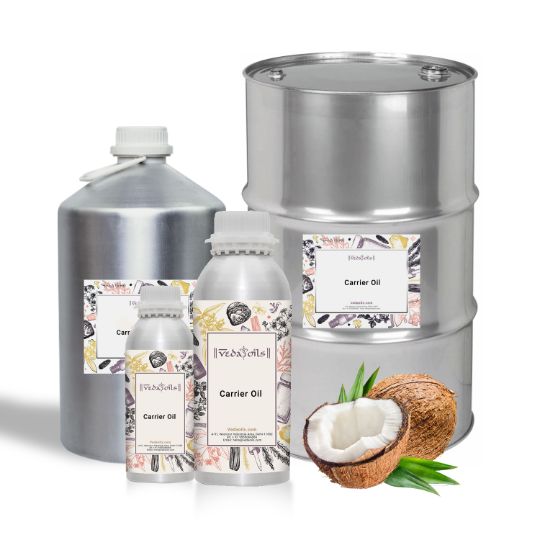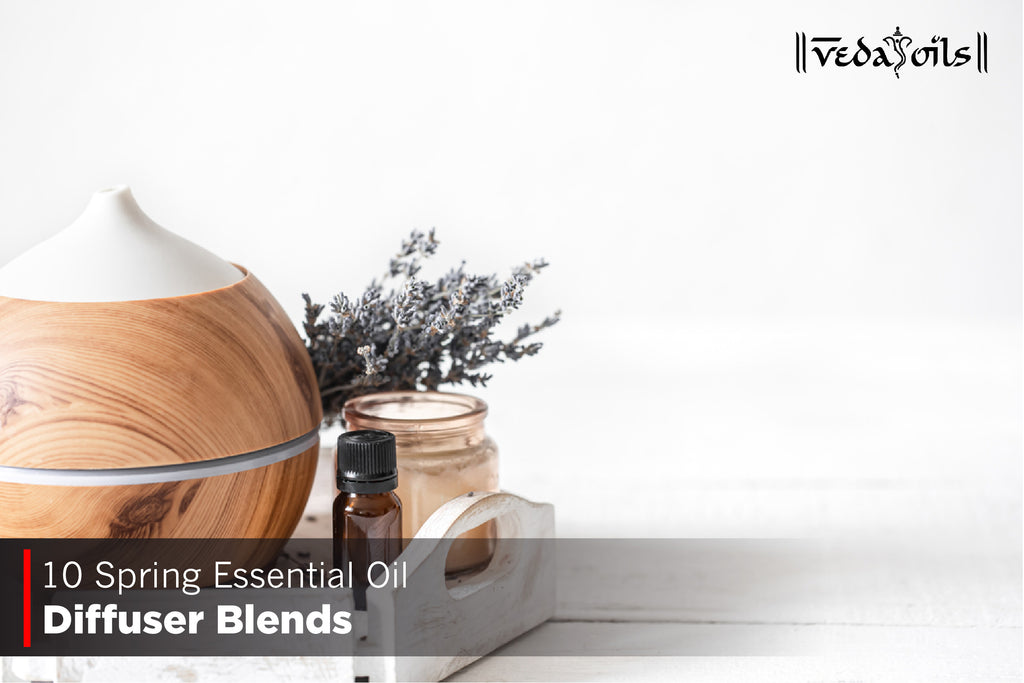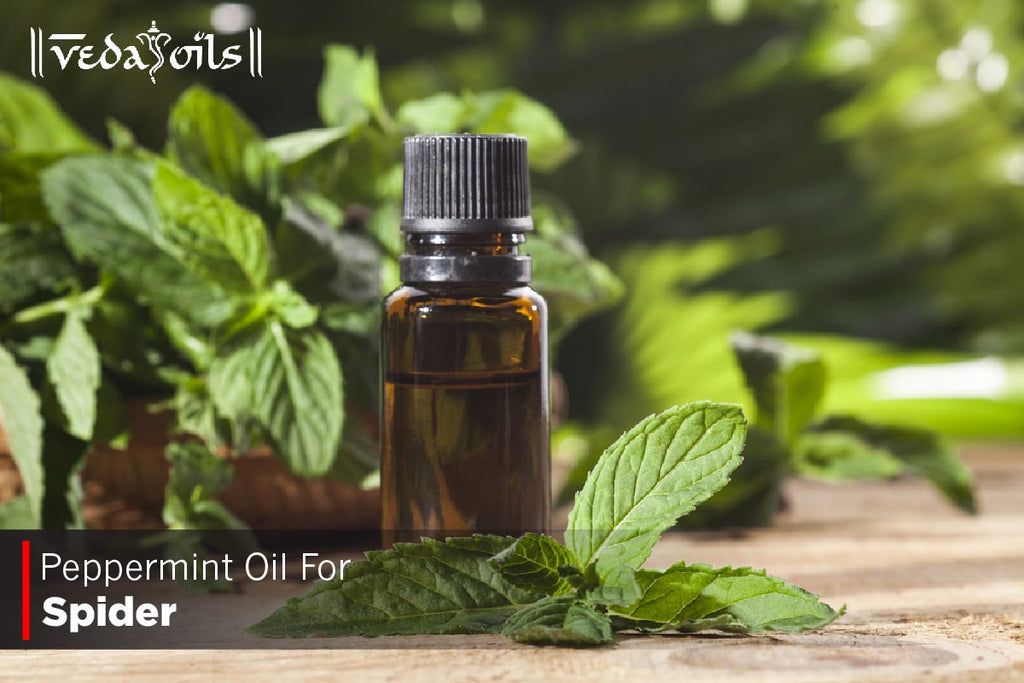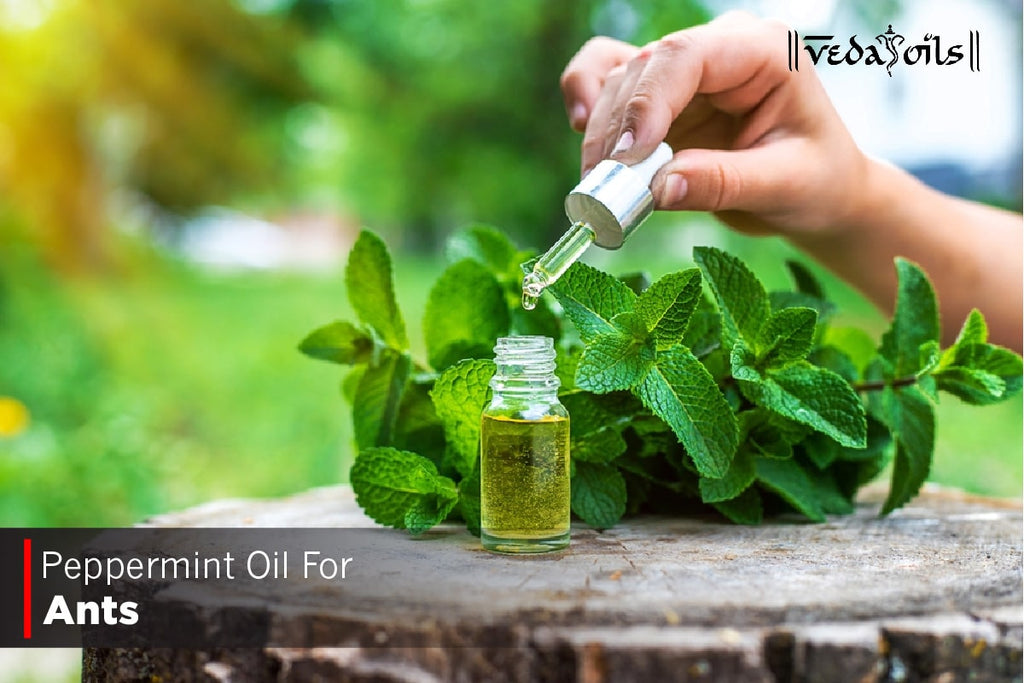Some skin disorders are unavoidable, no matter how well you care for your skin. Fungal infections are one of those ailments that practically everyone has experienced at some point in their lives. Athlete's foot, diaper rashes, and jock itch are all examples of common fungal diseases.

While medications and ointments are available to treat these fungal infections, many fungi become resistant to them, rendering the medicines ineffective. Try natural coconut oil if you have a fungal infection and over-the-counter medications aren't working.
Coconut Oil Benefits For Yeast Infection
Coconut oil, the most widely used oil in history, is rich in natural antifungal qualities and provides various advantages in the fight against yeast infections.
- Antifungal Properties: Coconut oil includes antifungal compounds such as caprylic acid, lauric acid, and capric acid, which suppress yeast growth. This oil is useful in removing fungal infections from their source; continuous usage also helps to avoid future conditions.
- Anti-Inflammatory Effects: Coconut oil contains natural anti-inflammatory characteristics that can ease the discomfort and inflammation associated with yeast infections, relieving affected regions. Use it regularly to get rid of redness and irritated skin.

- Moisturizing Effect: Everyone understands coconut oil is more hydrating than water. The moisturizing properties of coconut oil can soothe inflamed skin, encouraging healing and preventing future aggravation. This oil not only contains infection but also promotes healthier, smoother skin.
- Enhanced Immune Function: Coconut oil's medium-chain fatty acids may enhance immunological function, aiding the body's natural fight against yeast overgrowth. Even better is that coconut oil is antioxidant-rich, which is very good for glossy skin and hair and overall wellness.
- Safe and Natural Remedy: Coconut oil is a natural and safe alternative to antifungal medicines, providing a gentle yet effective therapy for yeast infections. Although it is less likely to cause allergic reactions because it is natural and organic, completing a patch test is still a good idea.
How Do You Use Coconut Oil For Yeast Infection?
Coconut oil can be an excellent and natural treatment for yeast infections. It is a popular choice due to its antifungal characteristics. Explore three alternative mixes of tea tree oil, apple cider vinegar, and lavender oil, each with its benefits for treating yeast infections.
1. Tea Tree And Coconut Oil For Yeast Infection
Tea tree oil, which is well-known for its antifungal characteristics, supplements coconut oil's benefits in treating yeast infections. So, let's look at how to prepare yeast infection treatment using tea tree and coconut oil.

Ingredients With Quantity:
- Tea Tree Essential Oil - 5 Drops
- Virgin Coconut Oil - 3 Tablespoons
Direction - Step By Step:
Step 1: Melt the coconut oil in a small saucepan until it becomes liquid.
Step 2: Stir in the tea tree oil completely.
Step 3: Apply the mixture to the afflicted region topically.
Step 4: For relief, repeat 2-3 times daily.
2. Apple Cider Vinegar And Coconut Oil For Yeast Infection
The acidity of apple cider vinegar helps balance pH levels, boosting the effectiveness of coconut oil against yeast infections. This is a risk-free and effective treatment for yeast infection.

Ingredients With Quantity:
- Virgin Coconut Oil - 2 Tablespoons
- Apple Cider Vinegar - 1 Tablespoon
Direction - Step By Step:
Step 1: Combine coconut oil and apple cider vinegar in a bowl.
Step 2: The mixture should be applied to the affected area.
Step 3: Set it aside for 15-20 minutes.
Step 4: Use lukewarm water to rinse.
Step 5: Repeat every day until the symptoms go away.
3. Coconut Oil And Lavender Oil For Yeast Infection
Lavender oil, known for its calming effects, is combined with coconut oil to alleviate yeast infection symptoms. This recipe for skin infection contains the benefits of coconut and lavender oil.

Ingredients With Quantity:
- Lavender Essential Oil - 8 Drops
- Virgin Coconut Oil - 3 Tablespoons
Direction - Step By Step:
Step 1: Melt the coconut oil until it becomes liquid.
Step 2: Mix in the lavender oil thoroughly.
Step 3: Apply the solution to the afflicted areas.
Step 4: Allow it to sit for 30 minutes before rinsing.
Step 5: For the best benefits, use it frequently.
4. Baking Soda And Coconut Oil For Yeast Infection
This is an extremely effective baking soda and coconut oil combination. However, it is unsuitable for everyone; therefore, perform a patch test before use. Baking soda, with its pH-balancing properties, aids in treating yeast infections.

Ingredients With Quantity:
- Baking Soda - 1 Tablespoon
- Virgin Coconut Oil - 2 Tablespoons
Direction - Step By Step:
Step 1: Thoroughly combine the coconut oil and baking soda.
Step 2: Apply the solution to the afflicted areas.
Step 3: Allow it to sit for 15-20 minutes.
Step 4: Warm water should be used to rinse.
Step 5: Repeat as needed until symptoms subside.
Frequently Asked Questions
Providing simple answers to popular questions regarding coconut oil and yeast infections, this FAQ helps consumers understand the benefits and safety of using coconut oil for yeast infection alleviation.

Q1: Does Coconut Oil Help For Yeast Infections?
Ans: Yes, the antifungal qualities of coconut oil can assist in limiting the development of yeast and provide relief from infections.
Q2: Is Coconut Oil Safe For Yeast Infection?
Ans: Although coconut oil is generally regarded as safe for topical use in treating yeast infections, individual sensitivities may differ.
Q3: Can Coconut Oil Be Used For Yeast Infection?
Ans: Yes, coconut oil can be administered topically to relieve yeast infection symptoms successfully.
Q4: Does Coconut Oil Give Yeast Infections?
Ans: No, yeast infections are not caused by coconut oil; its antifungal characteristics may help prevent and treat them.
Conclusion
So, what do you think about this incredible coconut oil for yeast infection recipes? Coconut oil is a form of fatty oil derived from the pulp of the coconut fruit. Because of its multiple health benefits, it has grown in popularity throughout the years. Because of its antibacterial and antifungal qualities, many recommend coconut oil as a healthy therapy for yeast overgrowth infections. VedaOils has the best coconut oil.













 Sign in
Sign in Register now
Register now My Reward Points
My Reward Points


